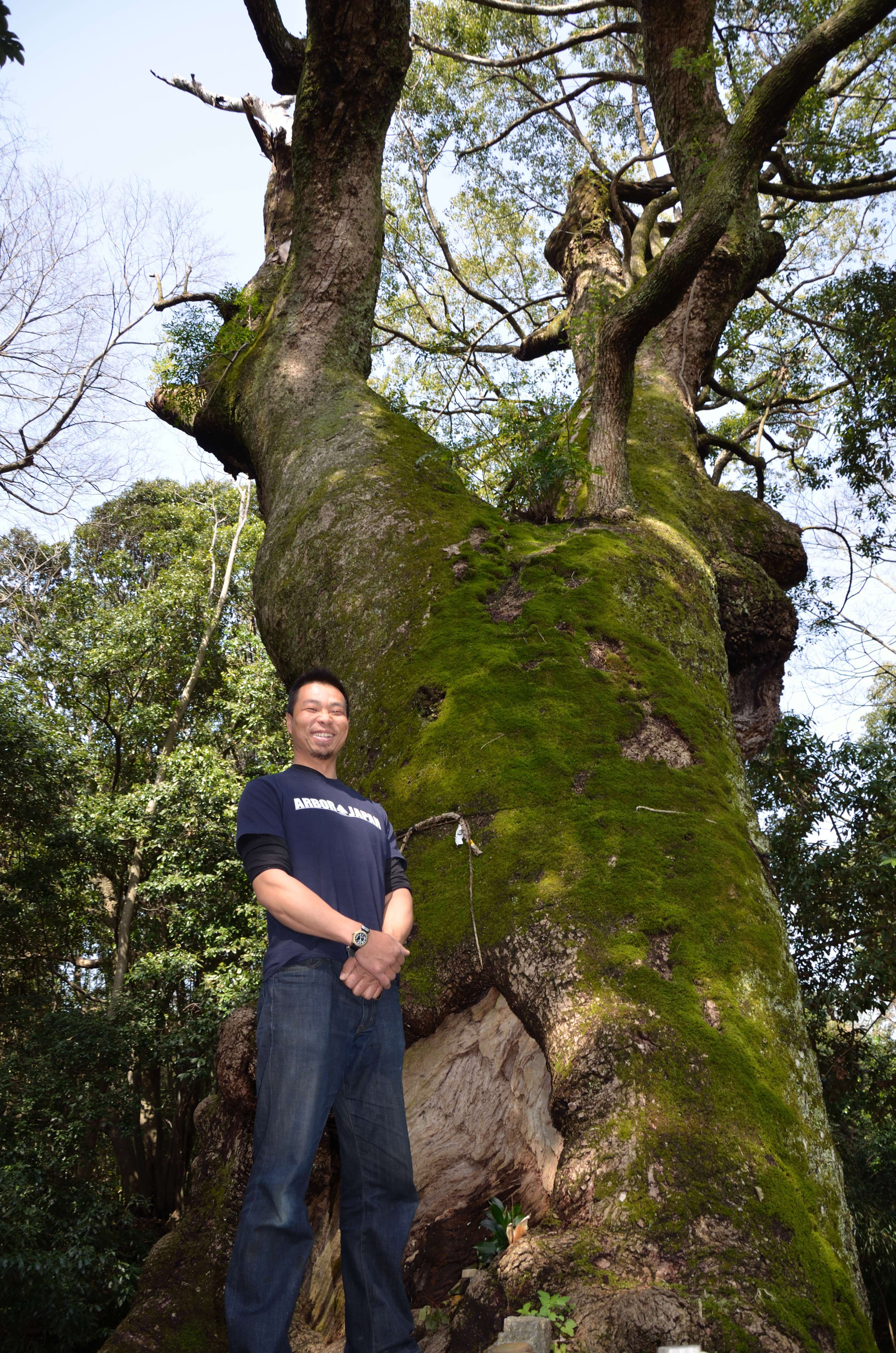Spend a while walking the streets of any Japanese city and you are bound to notice it: Here and there among the concrete towers, shops and bustling streets, you'll find clusters of trees. In some places, five or 10 stately Japanese cedars provide a patch of welcome shade. In others a full-fledged urban jungle hums, in season, with cicadas, honeybees and songbirds. You might even spot a few trees belted with ropes of twisted straw and hung with white paper ornaments.
Chances are, straw ropes or not, you've stumbled on a chinjū no mori (sacred grove) around a Shinto shrine.
In Japan's indigenous Shinto spirituality, certain large old trees are objects of worship. These are customarily protected from felling, pruning or other human interference. For that reason, even as development has stripped more and more greenery from Japanese cities over the past century, some of these sacred groves have survived. Today, many of the nation's most important old trees are found in these urban oases.



















With your current subscription plan you can comment on stories. However, before writing your first comment, please create a display name in the Profile section of your subscriber account page.